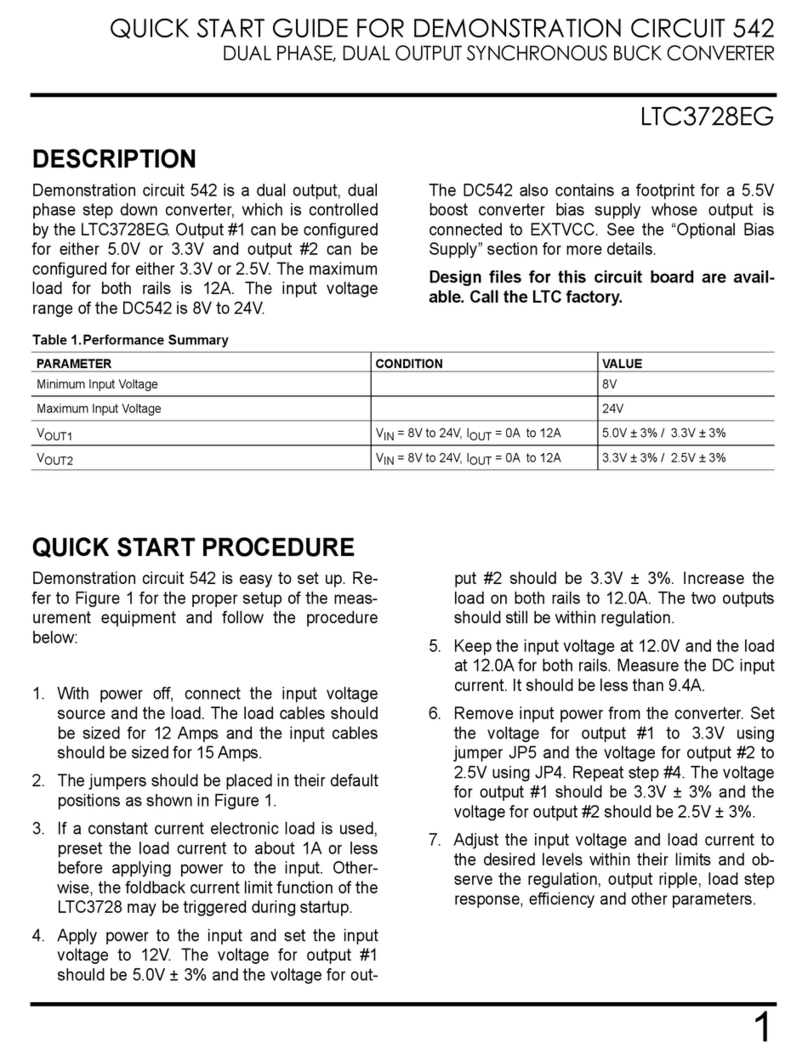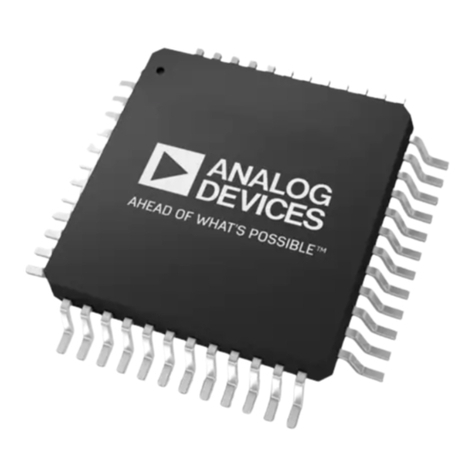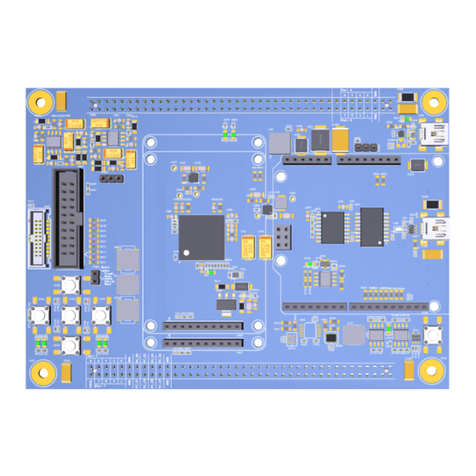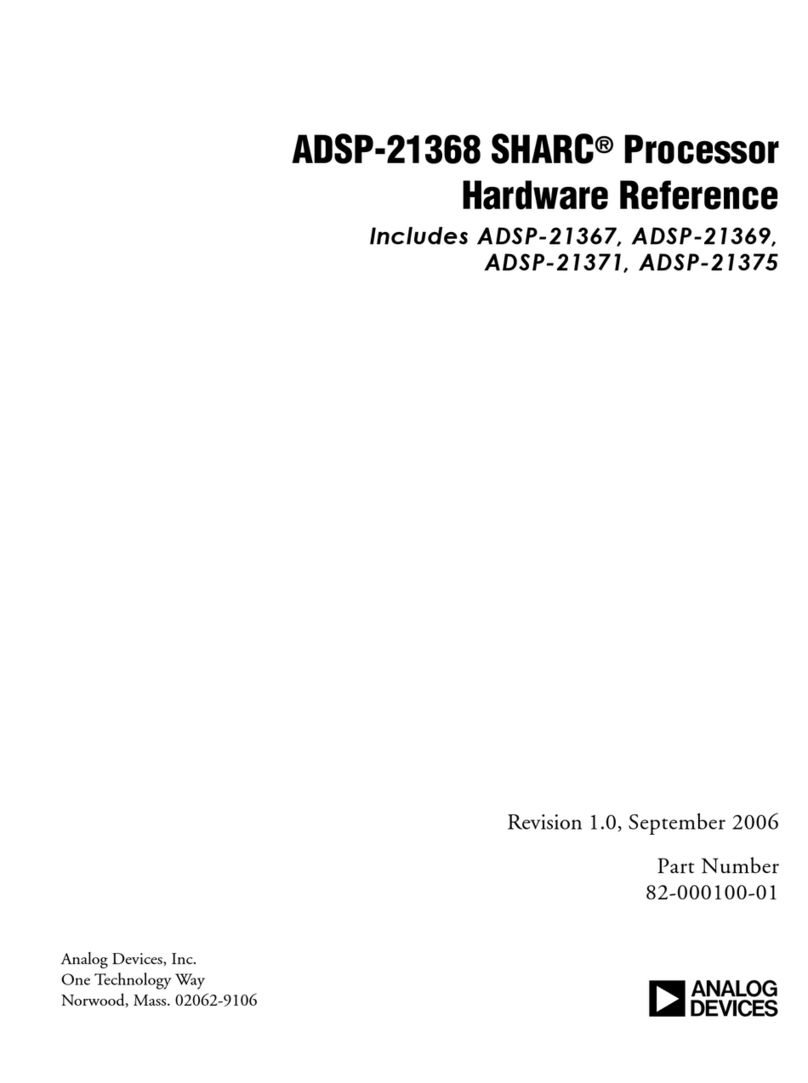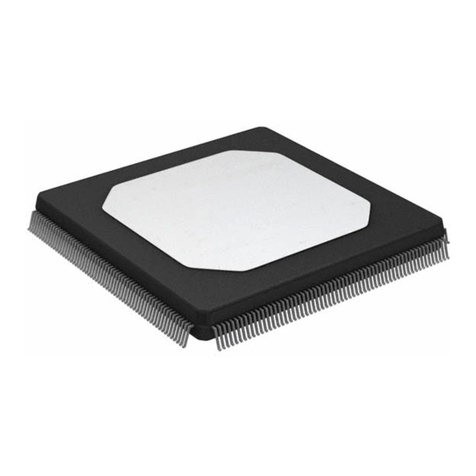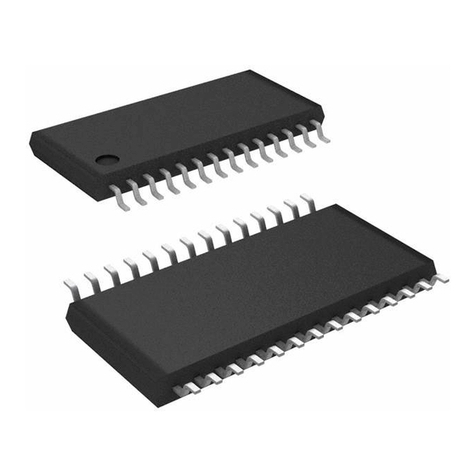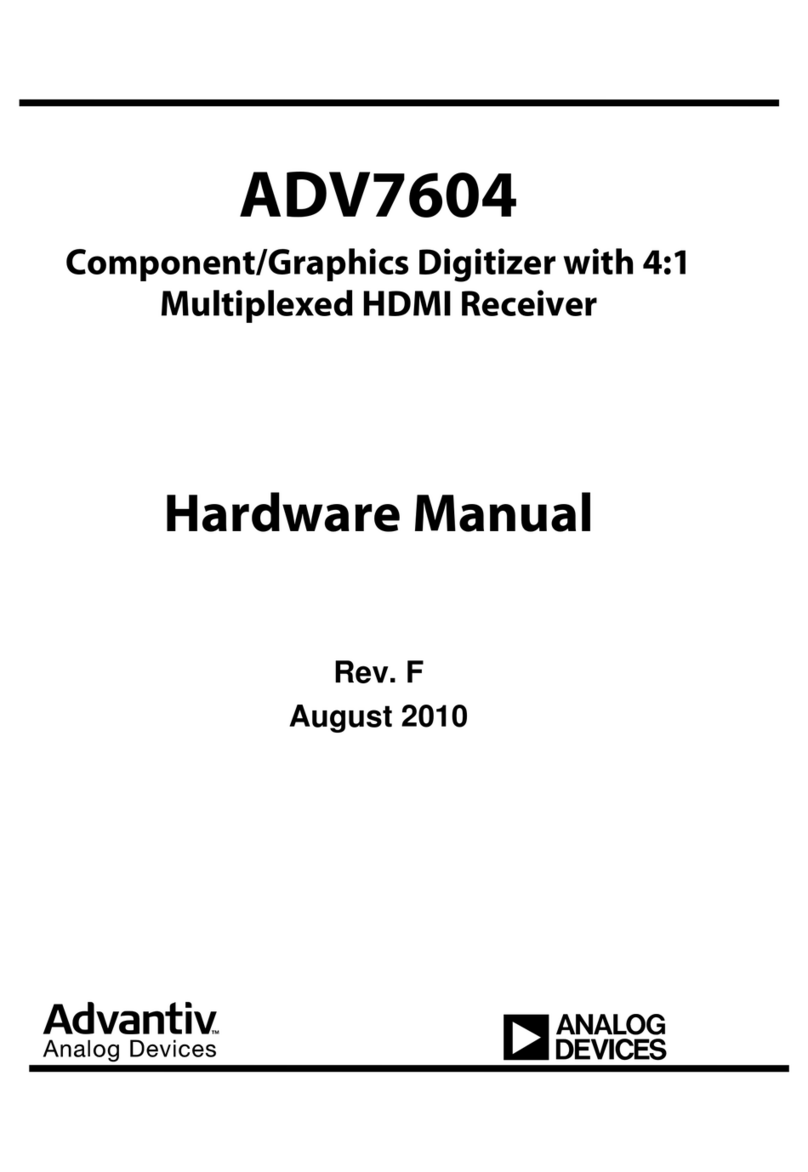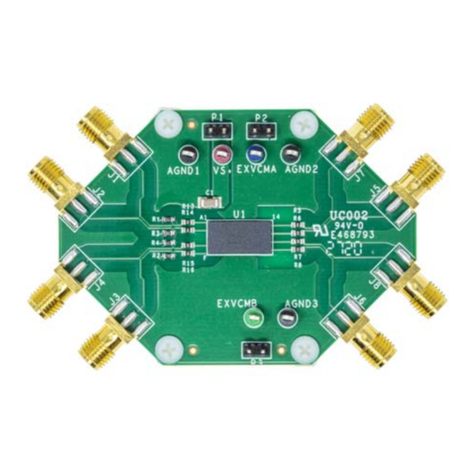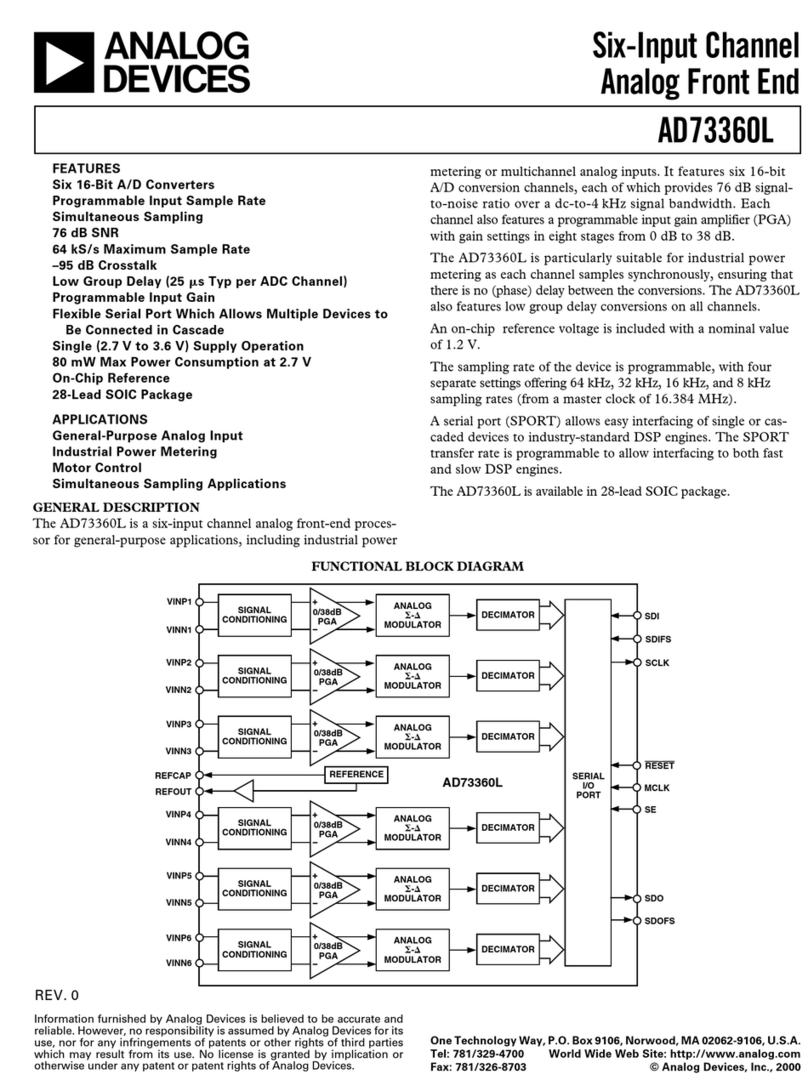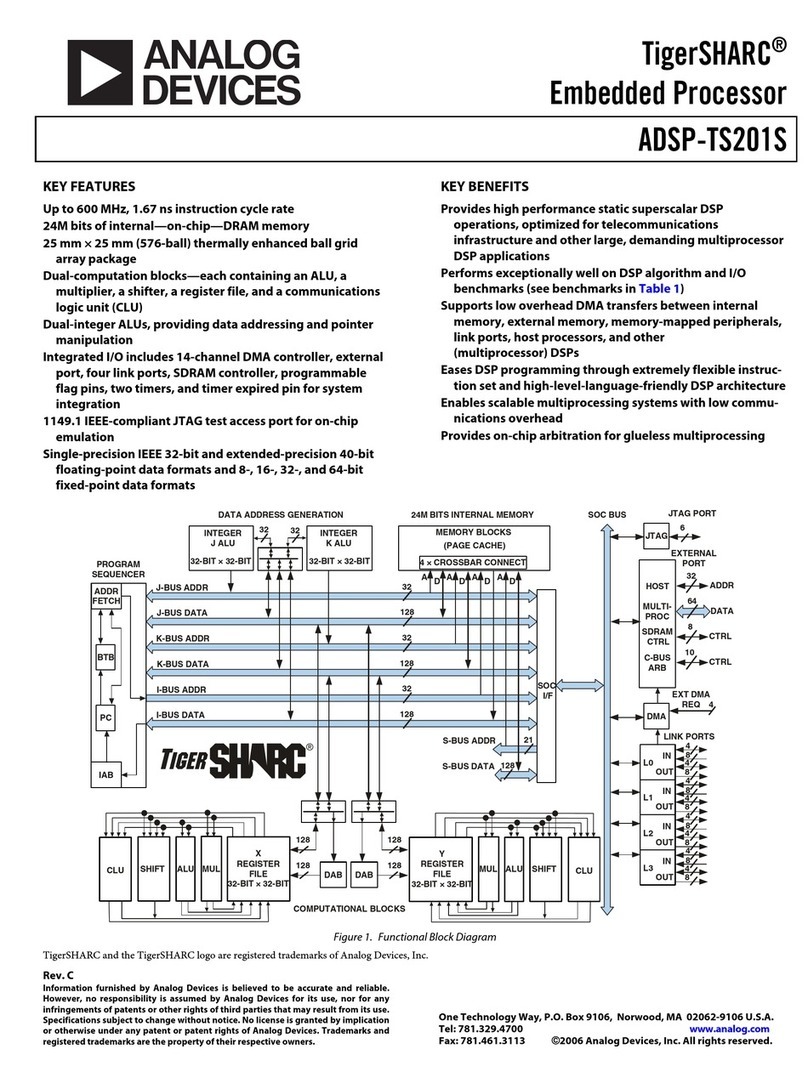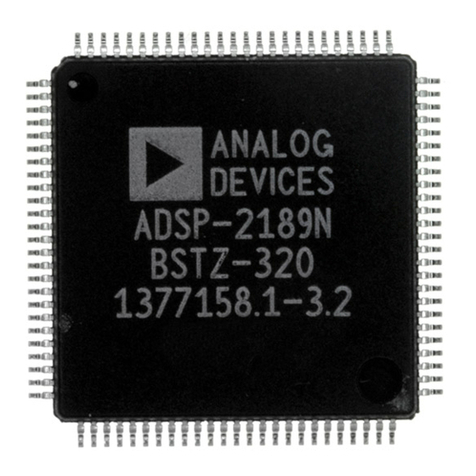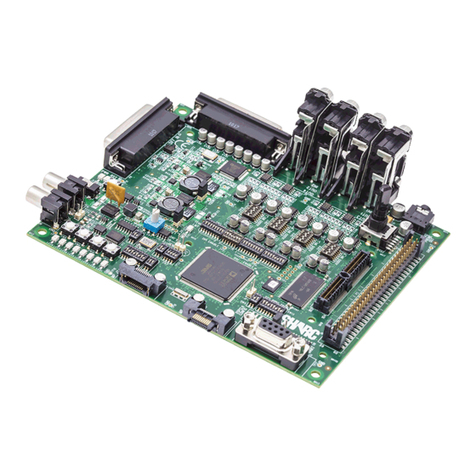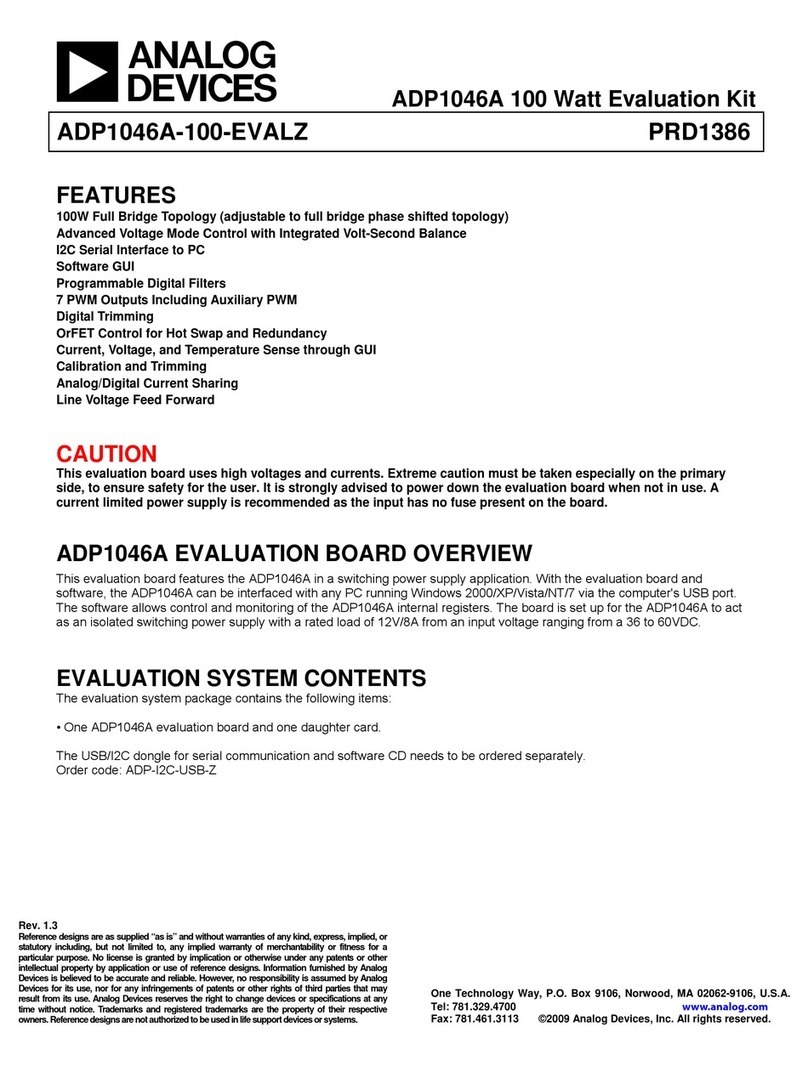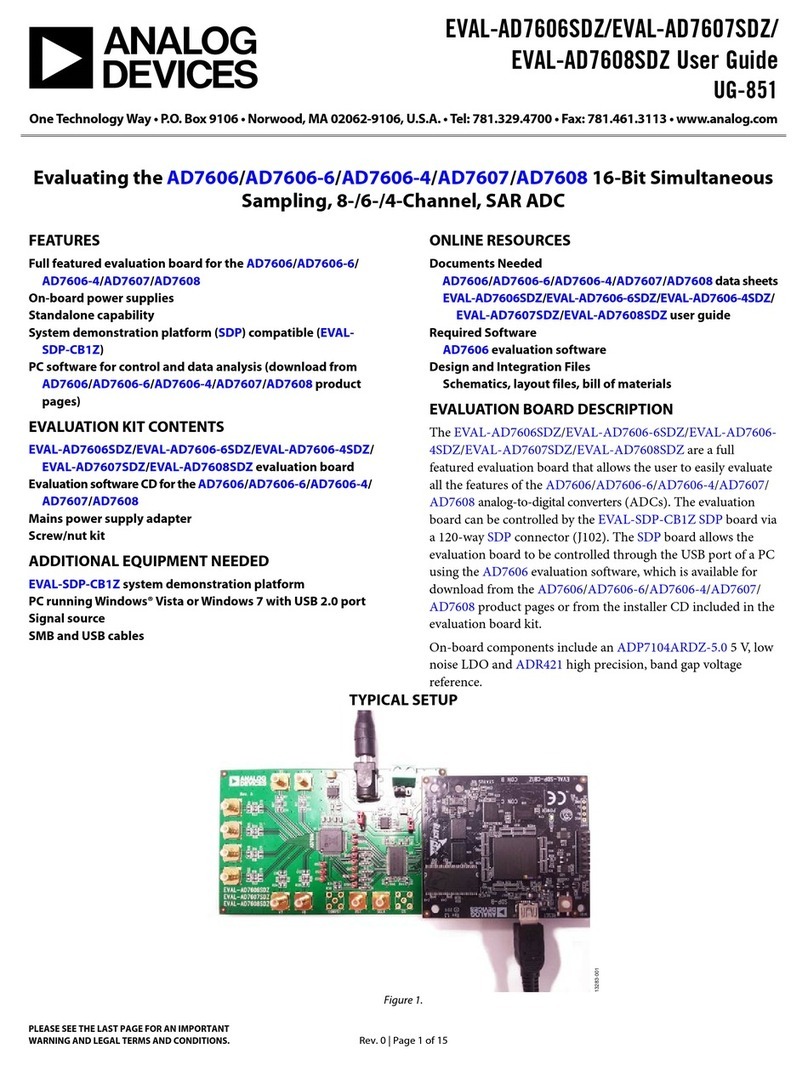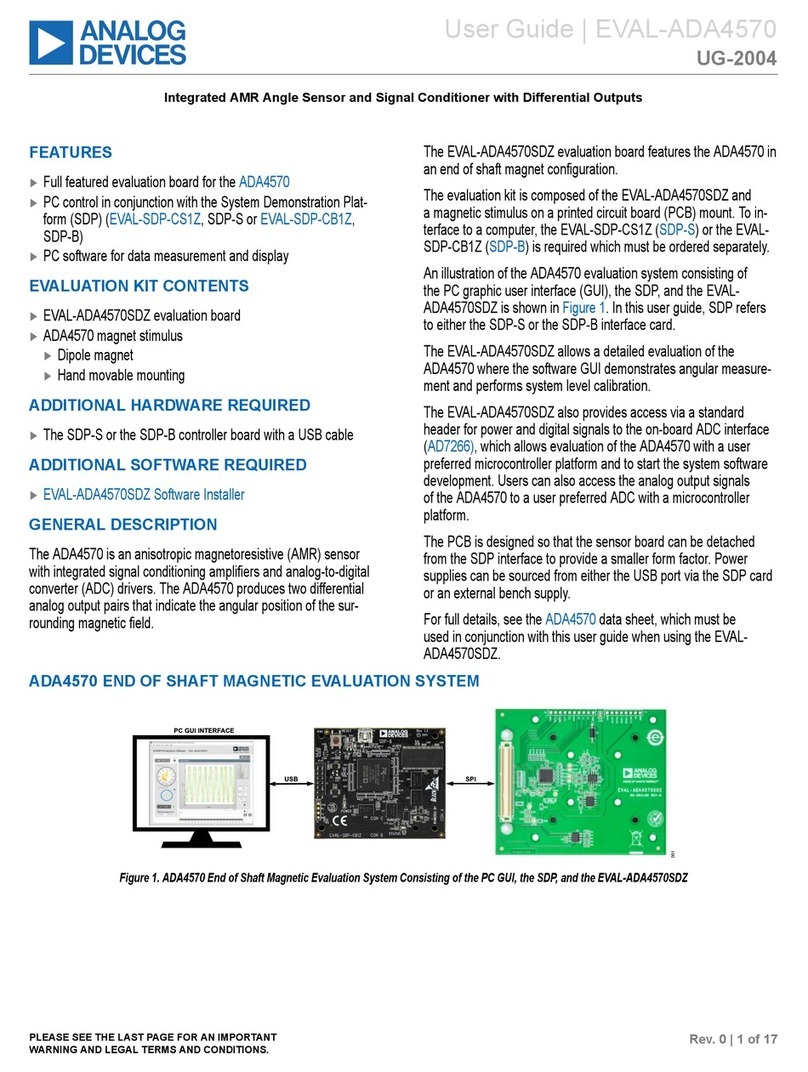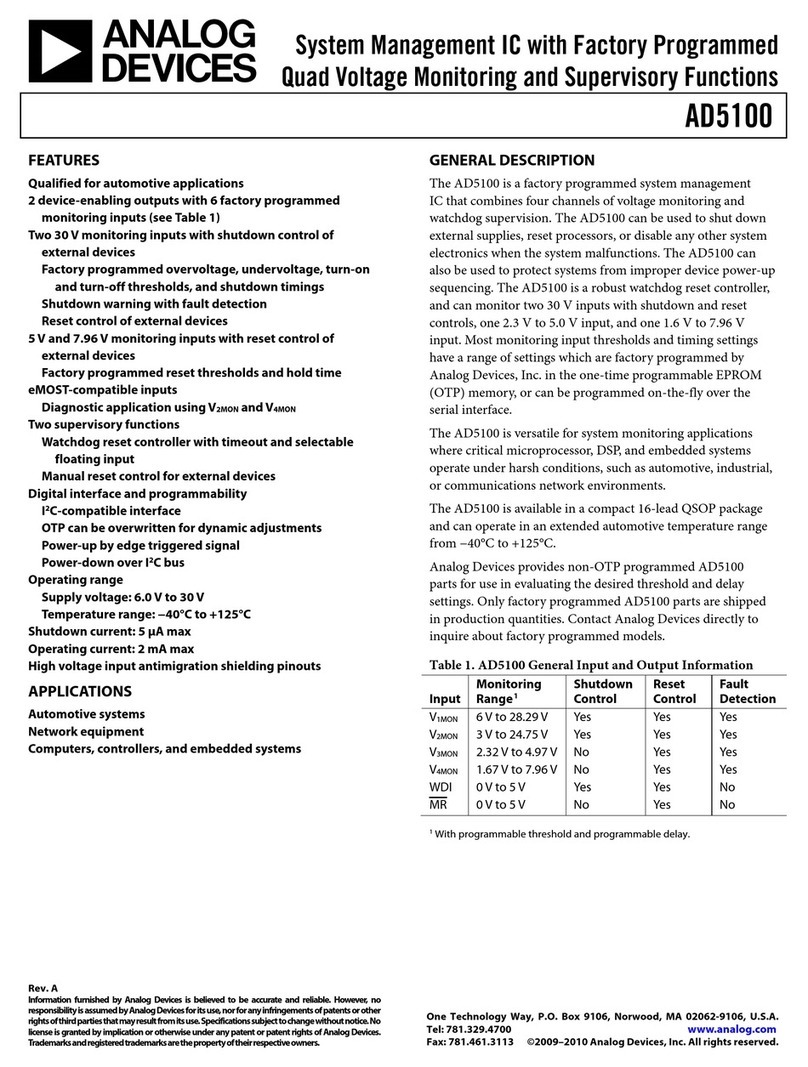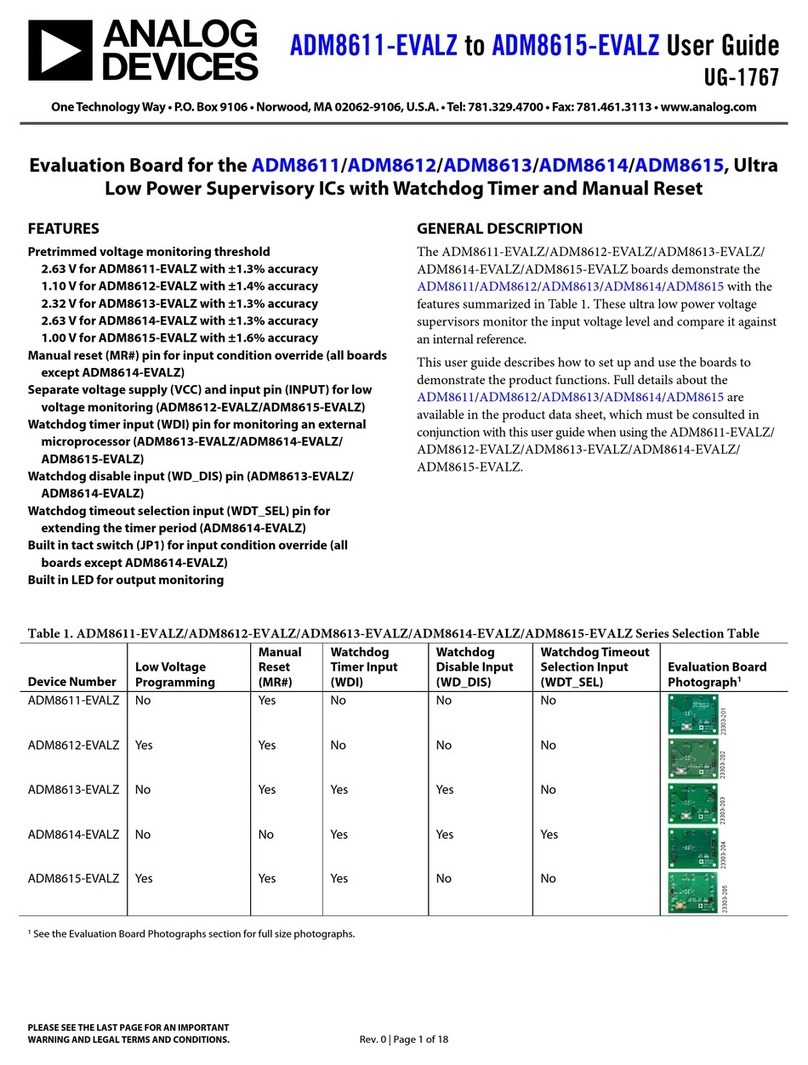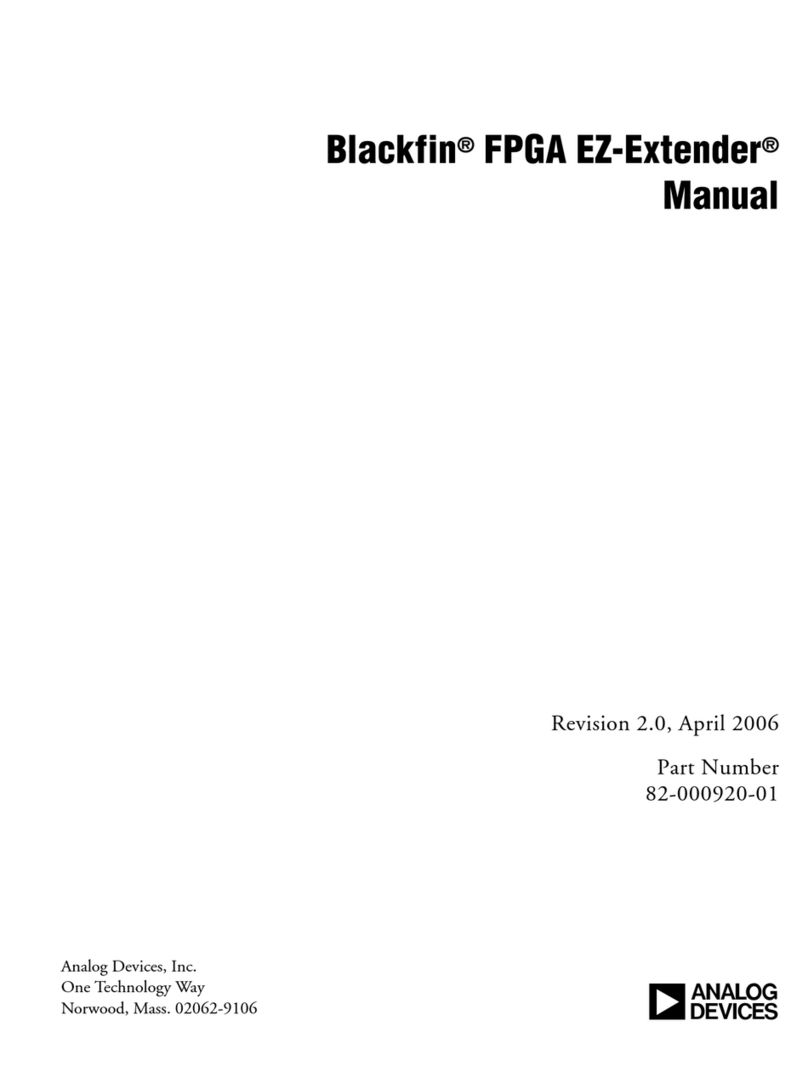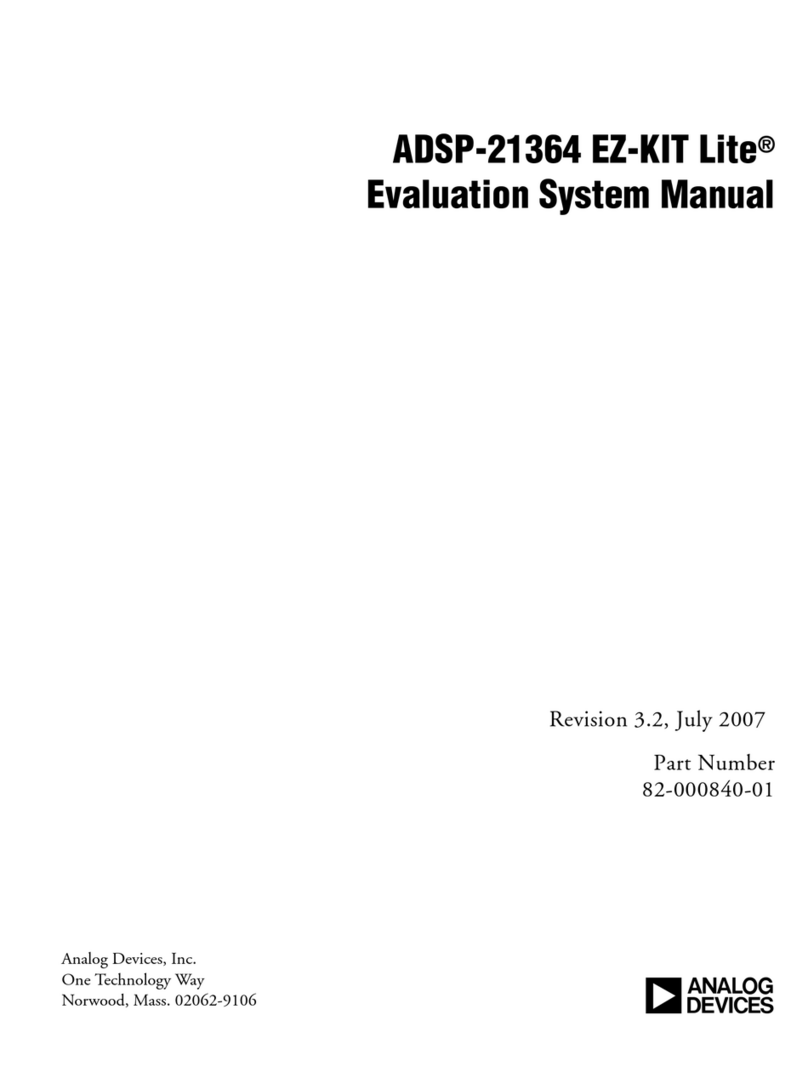
ADT7460
Rev. C | Page 2 of 52
TABLE OF CONTENTS
Specifications..................................................................................... 3
Absolute Maximum Ratings............................................................ 5
Thermal Characteristics .............................................................. 5
ESD Caution.................................................................................. 5
Pin Configuration and Function Descriptions............................. 6
Typical Performance Characteristics ............................................. 7
Product Description......................................................................... 9
Measurement Inputs .................................................................... 9
Sequential Measurement ............................................................. 9
Recommended Implementation................................................. 9
ADT7460 Address Selection ..................................................... 10
Internal Registers of the ADT7460 .......................................... 10
Theory of Operation ...................................................................... 11
Serial Bus Interface..................................................................... 11
Voltage Measurement Input...................................................... 15
Additional ADC Functions for Voltage Measurements........ 17
Temperature Measurement System.......................................... 17
Additional ADC Functions for Temperature Measurement 19
Limits, Status Registers, and Interrupts................................... 20
Status Registers ........................................................................... 21
Handling SMBALERT Interrupts............................................. 22
THERM Timer ........................................................................... 24
Fan Drive Using PWM Control ............................................... 27
Operating from 3.3 V Standby ................................................. 33
XNOR Tree Test Mode .............................................................. 33
Power-On Default ...................................................................... 33
ADT7460 Register Summary........................................................ 34
Outline Dimensions ....................................................................... 51
Ordering Guide .......................................................................... 51
REVISION HISTORY
3/05—Rev. B to Rev. C
Updated Format.................................................................. Universal
Changes to Absolute Maximum Ratings Table..............................5
Changes to ADT7460 Register Map Summary Section .............34
Updated Ordering Guide................................................................51
9/03—Rev. A to Rev. B
Changed XOR Tree Test Mode to XNOR ............................ Universal
Changes to SPECIFICATIONS............................................................. 2
Changes to TPC 7....................................................................................7
6/03—Rev. 0 to Rev. A
Updated ORDERING ............................................................................4
Updated the SERIAL BUS INTERFACE section................................9
Added the To Assign THERM Functionality to a Pin 9 section ....21
Added the THERM as an Input section.............................................21
Renamed the Therm Input section to THERM Timer ....................21
Renumbered the figures after Figure 25.............................................22
Updated Step 1 in the Configuring the Desired THERM Behavior
section........................................................................................................2
Updated the Fan Speed Control section ............................................28
Added the POWER-ON DEFAULT section .....................................29
Updated Table IV ..................................................................................30
Updated Table XVIII ............................................................................38
Updated Table XX .................................................................................40
Updated Table XXXV ...........................................................................46
Updated OUTLINE DIMENSIONS ...................................................49

